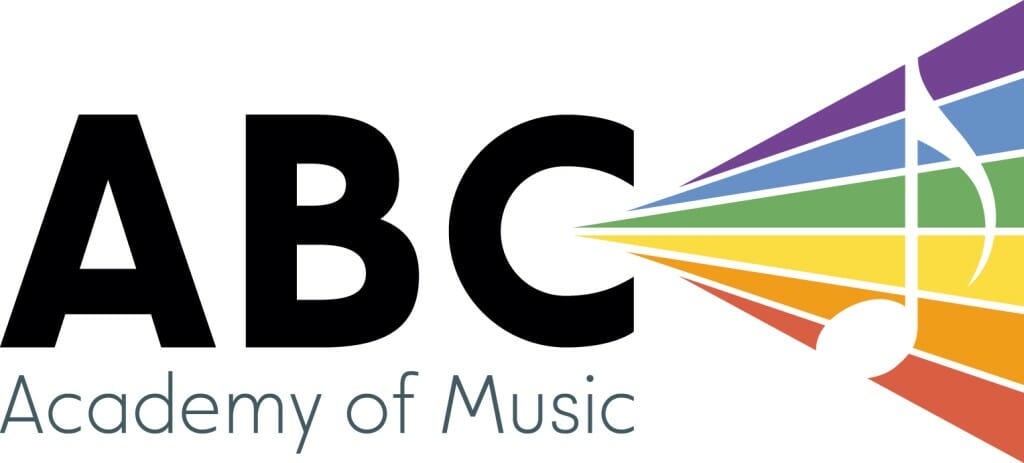Avril – Practice our new version of Auld Lang Syne, and experiment with improvising on it. Continue to work on playing your scales and broken chords, up one octave only, in C major, G major, and A minor. Add D major, A major, E major. ALSO analyze the Bohemian Rhapsody arrangement you have been playing. Tell me: a) what are the chords? and b) where was the transcription different from the recording?
HAVEN & MALEEYA – For both of you, the homework is the same. Work on ‘Small World’ with the proper rhythm. You can also work together on identifying notes at the piano (where is D? Where is B?) Maleeya, work on singing with solfege syllables “do, do re do, do re mi re do, do re mi fa mi re do’ and so on. With hand signs.
Julie – Focus on the three pieces we have been looking at, as well as major scales in C, G, D, A, and E majors. For the Sicilienne, focus on voicing, accuracy of rhythm, and lighter pedaling in the middle section. For the Invention, ornaments should be your priority, with special attention to how the WRIST is involved. In the Prelude, focus on playing the LH chords SOLIDLY, and pedaling in a way that doesn’t blend chords together and make it sound muddy. Download the following apps: Functional Ear Trainer, and Soundcorset Metronome
Kristen – Practice your scales and broken chords as we’ve been doing, but add minors too, as follows… MAJOR SCALES in C, G, D, A, and E. NATURAL, HARMONIC, AND MELODIC minor scales in c, g, d, a, and e. BROKEN CHORD SEQUENCE in F, C, & G majors, and d, a, & e minors. Continue playing the prelude and the Czerny repertoire, and transpose every Czerny piece a 5th up.
Tanya – BY EAR: In addition to everything we’ve discussed try the number exercise we did… ‘one, one two one, one two three two one, one two three four three two one’…etc.
